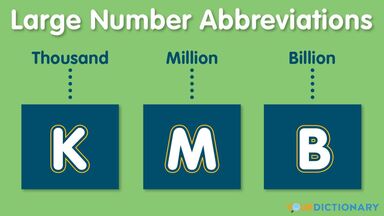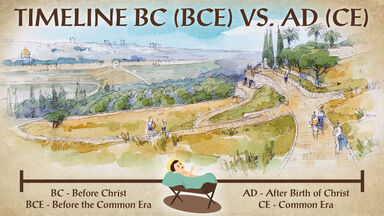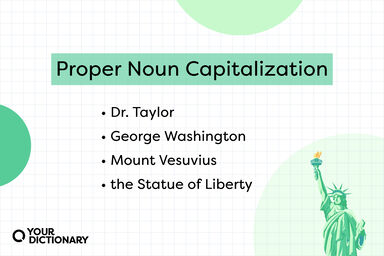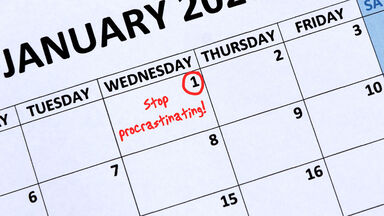But the Florentines dated it from the 25th following and the Pisans from the 25th of March preceding the commencement of the common year.
The intercalary period is 33 years, - one day being added to the common year seven times successively at the end of four years, and the eighth intercalation being deferred till the end of the fifth year.
As The Number Of Days In The Week And The Number In The Year Are Prime To One Another, Two Successive Years Cannot Begin With The Same Day; For If A Common Year Begins, For Example, With Sunday, The Following Year Will Begin With Monday, And If A Leap Year Begins With Sunday, The Year Following Will Begin With Tuesday.
From 1582 To 1700 The Difference Between The Old And New Style Continued To Be Ten Days; But 1700 Being A Leap Year In The Julian Calendar, And A Common Year In The Gregorian, The Difference Of The Styles During The 18Th Century Was Eleven Days.
Then, Since Every Year Which Is Not A Leap Year Ends With The Same Day As That With Which It Began, The Dominical Letter Of The Following Year Must Be L 1, Retrograding One Letter Every Common Year.





